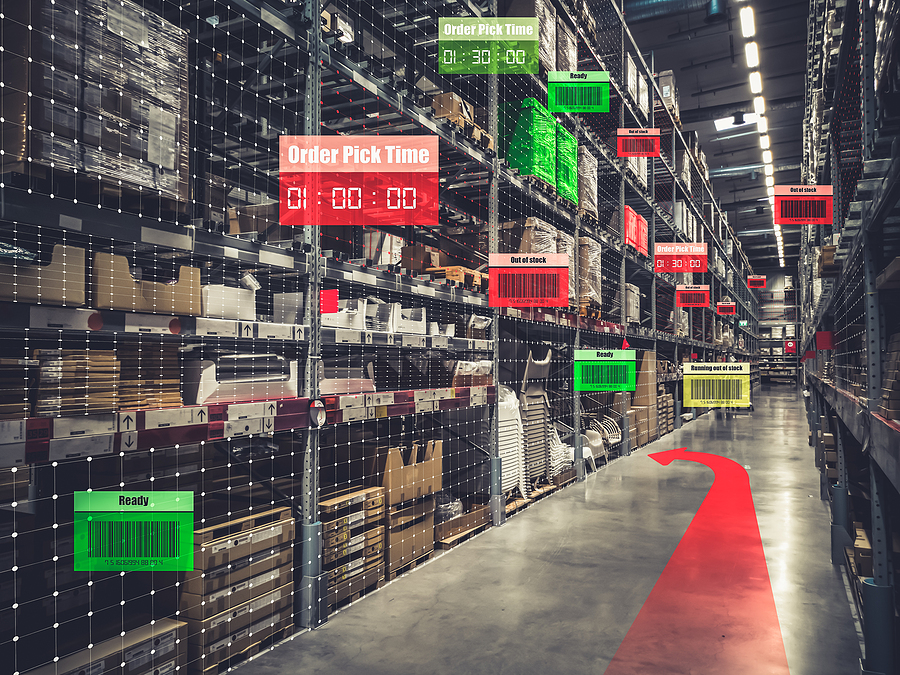
Navigating Supply Shortages in Manufacturing – 3 Steps to Allay the Impact
Manufacturers have had an uneasy past two years. Disruptions early in the pandemic nearly brought production to a halt in some areas, and now, supply chain shortages plague the industry.
Building materials have seen some of the most dramatic shortages, with 94% of surveyed builders struggling to find framing lumber. Electronics manufacturers and those relying on them have struggled, too. The automotive industry stands to lose $61 billion this year due to semiconductor shortages.
Other materials and parts in short supply include palm oil, plastics, corn, steel, and chlorine.
The Causes Behind Manufacturing Supply Shortages
There are many factors behind these shortages, most of them sprouting from the pandemic. Economic downturns and worksite restrictions have stopped or slowed many processes like farming, mining, and parts production globally. Even as these obstacles fade, these producers of materials and parts find themselves with considerable backlogs, leading to ongoing shortages.
A surge in demand has compounded these supply issues. General manufacturing demand was already increasing, with U.K. consumers alone spending more than $1.6 billion online weekly in 2019. E-commerce skyrocketed further amid the pandemic, and on the commercial side, many manufacturers rushed to meet previous production levels, outpacing their still-struggling suppliers.
International travel restrictions have also made shipping slower and more expensive, exacerbating the crisis.
Strategies for Mitigating Supply Issues
While there is no silver bullet for these supply shortages in manufacturing, several steps can mitigate their impact. Manufacturers can also take this opportunity to prepare against future disruptions, avoiding similar situations. Here are three leading strategies for navigating these supply issues.
1. Improving Visibility
One of the most crucial changes to make is to increase visibility across the supply chain. Internet of things (IoT) technology and data analytics programs can give manufacturers more insight into stock levels and developing situations. They can then predict shortages and take steps early to account for them.
Real-time visibility can also help track shipments to give customers a better idea of when they can expect their end products. Over time, this data can inform more accurate predictions and reveal needed workflow changes. Manufacturers can then become more resilient against supply chain issues.
2. Diversifying Sources
In manufacturing, many facilities tend to source from a single supplier. While this minimizes costs, it also intensifies shortages when disruptions arise. Manufacturers can lessen the impact of slowdowns and other unexpected issues by diversifying their sources.
Much like how Amazon uses artificial intelligence (AI) to keep merchandise close to consumers, manufacturers can analyze data to find ideal nearby sources. Domestic or near-short suppliers will produce fewer disruptions in a crisis as there’s less distance and fewer regulations involved. Using multiple suppliers will further reduce shortages by removing dependencies.
3. Turning to Alternatives
Some manufacturers have found relative success in using alternative materials to account for shortages. For example, some construction material companies have switched to unconventional insulation materials in the face of petroleum shortages. Manufacturers may be able to adjust processes to use novel or less-common materials to maintain production.
If facilities take this route, being transparent with customers is crucial. End products may have different qualities or incur higher prices with new materials, so manufacturers must be upfront about these changes. They may cause initial disruptions but can mitigate persistent issues with conventional parts.
Manufacturing Must Adapt Amid Widespread Shortages
Given the prevalence and severity of these shortages, they won’t likely go away soon. It will take time for production to fulfill backlogs and meet demand. On the positive side, this increased demand indicates healthy industry growth, but manufacturers must prevent similar crises in the future.
Since these shortages are multifaceted issues, no one solution will fix them. Adopting a multi-step approach, including implementing new technologies for visibility and adjusting sourcing methods, is essential. The industry faces significant obstacles right now, but these will inspire positive change for the future.
*This article is written by Devin Partida. Devin is a tech writer with an interest in IIoT and manufacturing. She is also the Editor-in-Chief of ReHack.com.






